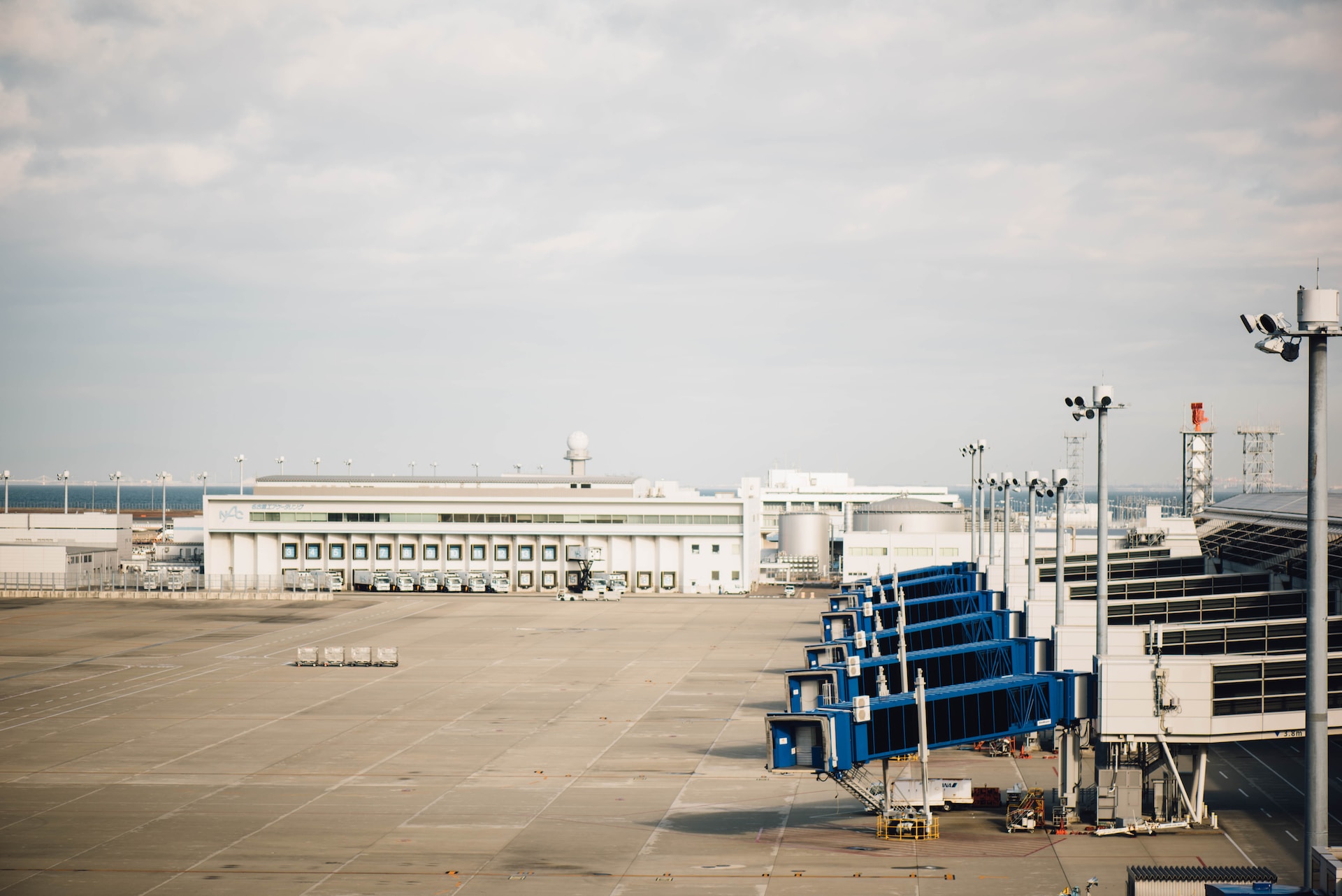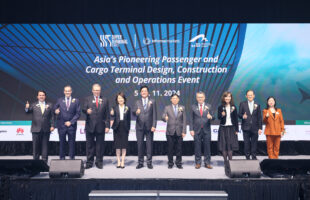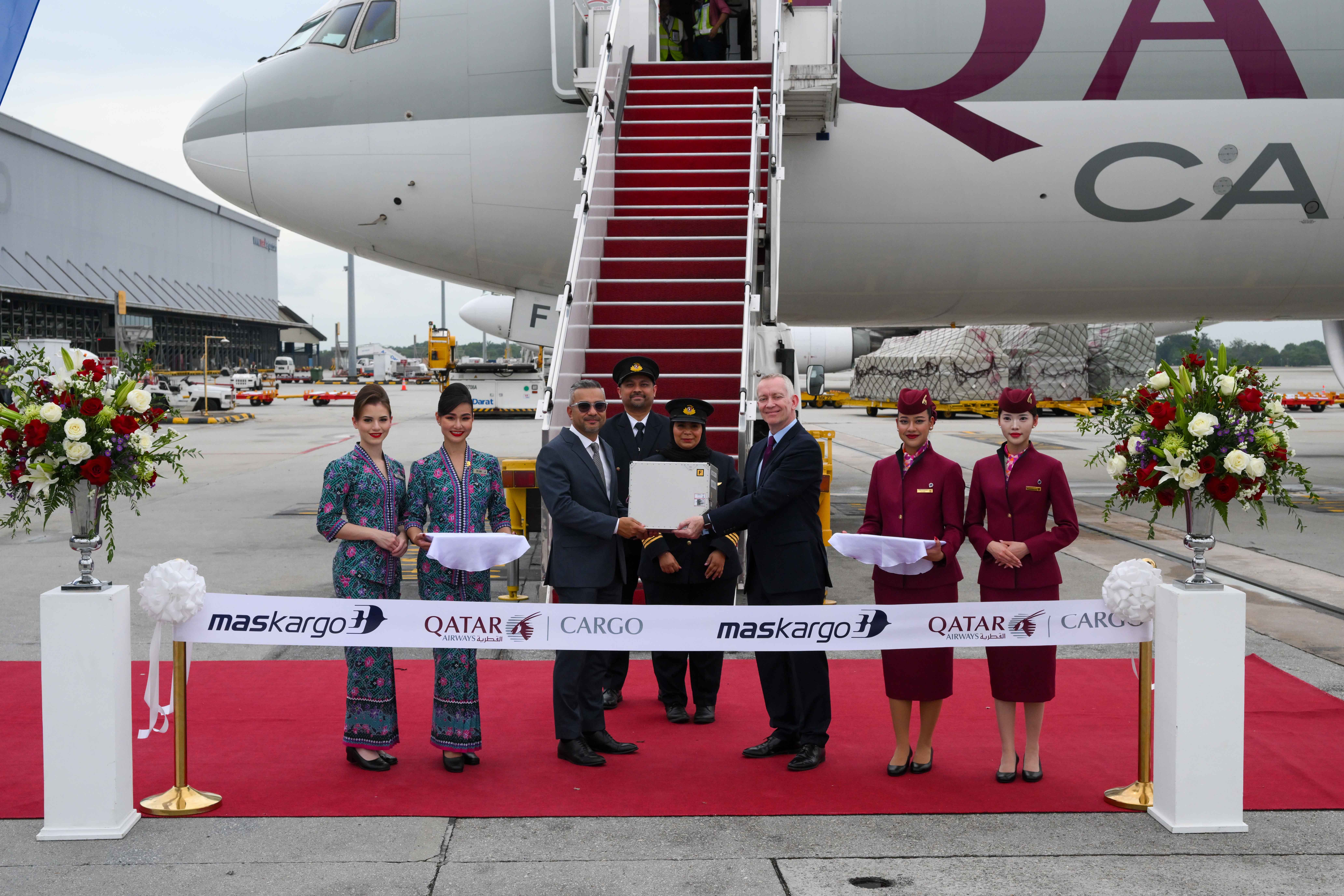

Airports and ports, with some still stuck behind legacy systems, can be prone to unwanted downtime and outages that can have severe economic damages for operators. In a highly fragmented setup, logistics and transport service providers need a secure way to communicate and monitor shipments to operate with better efficiency. It also needs to be sustainable. In a 2-part series, Payload Asia talks to Geert van Brempt and Amar More, bosses at Nallian and Kale Logistics Solutions, to find out how air cargo community systems can address these pain points.

PLA: What would be the direct benefits of cargo community systems?
GvB: Working in an integrated, connected way generates benefits for the community as a whole and the individual actors. The benefits generated will depend on where the pain points for that specific hub are. We see a cargo community system not as a monolithic system but as a combination of functionality that addresses different business processes. For example, for an airport hub with a big issue in terms of congestion and wait times, we would recommend first focus on optimizing freight pickup and delivery, which can create massive benefits such as elimination of wait times up to 90 percent, reducing the number of trucks needed to transport the same volume by 30%, increase of capacity of the warehouse, etc. A hub that handles many perishables could benefit from a more coordinated approach to the inspection process and coordination with the food safety authority.
Our advice is to look at the biggest pain points and start from there, as the success of a community system will depend on the buy-in of and adoption by its users. When done well, it will allow the airport to attract more business with reliable, efficient, and transparent services and reduce carbon footprint as they operate more sustainably. And it will enable the individual logistics companies to better plan and coordinate in view of actual activity, so they make better use of staff and resources, can work in a proactive way, and deliver higher quality of service with real-time communication and visibility.
PLA: For such complex systems, can you state the estimated amount in damages for say a data breach? How does your company ensure that this risk can be prevented?
GvB: Our solutions are all cloud-based. They run on Microsoft Azure and, as such, adhere to the highest industry security standards. Data sharing is in the DNA of our company. All our solutions guarantee that the data owner always stays in control of their data. They can define in a granular way who sees which part of their data in which context.
PLA: In terms of adoption, where is Asia Pacific compared to the rest of the world?
GvB: As everywhere in the world, we see a growing appetite in this region.
PLA: Is there a one-size-fits-all solution for countries that aspire to become logistics hubs? What would an ideal multimodal transport and logistics management system look like?
GvB: There is never a one-size-fits-all for these initiatives, as every hub should start from its own business ambitions and objectives. One should look at the specific local pain points and processes and see how digitalization can improve or address these. We believe a step-by-step approach is critical to success: start small with a limited number of ‘believers’ willing to change and move forward, demonstrate the benefits, and then gradually expand users and features. Getting all actors in a hub to work together on a common way of working not only requires selecting the right technology. As necessary are change management and adoption. We have been doing this with hubs worldwide, and it is the only way we have seen demonstrating success.








